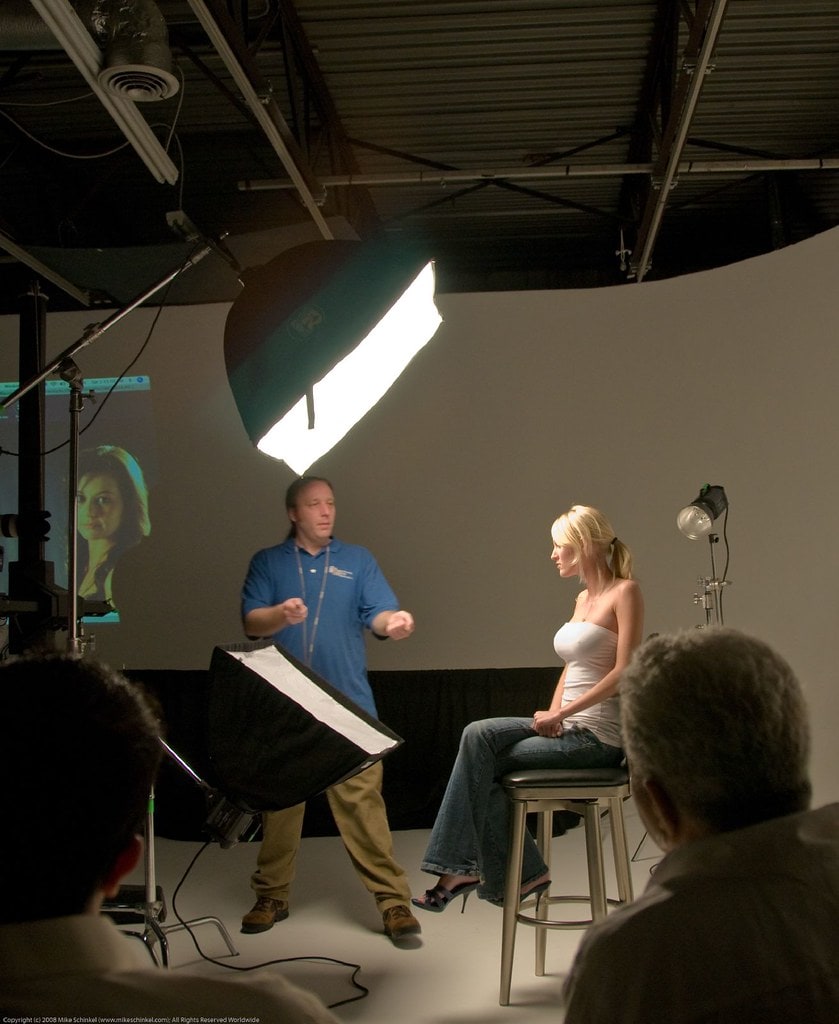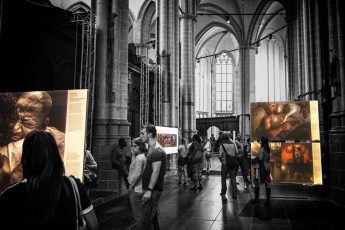Portrait photography is a powerful medium that captures the essence of a person, evoking emotion and revealing their true character. To master the art of capturing emotion in portraiture, photographers must establish a connection with their subject, understand the role of lighting and composition, and use various creative techniques.
In this blog post, we’ll explore the essential elements contributing to emotive portrait photography and provide practical tips to help you create striking, emotion-filled images.
Key Elements in Capturing Emotion in Portraiture
| Element | Purpose | Techniques |
|---|---|---|
| Connection & Trust | Build rapport with the subject | Get to know your subject, provide direction, and encourage authentic emotions |
| Lighting | Set the mood and atmosphere | Soft lighting, hard lighting, side lighting |
| Composition & Posing | Convey emotion through visual elements | Eye contact, body language, framing, perspective |
Establishing Connection and Trust
One of the most important aspects of capturing emotion in portraiture is building a connection with your subject. Establishing trust and rapport makes your subject comfortable, enabling genuine emotions to shine through. Consider the following tips:

- Get to know your subject: Spend time talking with your subject before the shoot, discussing their interests, background, and expectations. This not only helps you understand their personality but also allows you to tailor your approach to suit their unique character.
- Provide clear direction: Communicate your intentions and explain your creative vision to your subject. Offer guidance on poses, expressions, and body language while being open to their input and ideas.
- Encourage authentic emotions: Encourage your subject to tap into their emotions by sharing personal stories, playing music, or using visual aids. Create a relaxed atmosphere that allows them to express themselves freely.
Lighting Techniques for Emotional Portraiture
The way you light your subject can have a profound impact on the emotion conveyed in your portraits. Experiment with different lighting techniques to create a mood that complements the emotion you’re trying to capture.

- Soft lighting: Soft, diffused light creates a gentle, intimate atmosphere, making it ideal for capturing tender emotions like love, joy, or contentment. To achieve soft lighting, use a large light source, such as a softbox or an umbrella, and position it close to your subject.
- Hard lighting: In contrast, hard lighting can create dramatic, high-contrast images emphasizing texture and form. This lighting technique can evoke strong emotions such as anger, determination, or sorrow. To achieve hard lighting, use a small, focused light source, such as a bare bulb or a snoot, and position it further from your subject.
- Side lighting: It casts shadows across your subject’s face, adding depth and dimension to your portraits. This lighting technique can create a sense of mystery or intrigue, making it suitable for capturing complex emotions or revealing hidden aspects of your subject’s personality.
Composition and Posing for Emotional Portraits
How you compose your portrait and pose your subject can significantly influence the emotion conveyed in the image. Experiment with various compositions and poses to find the perfect combination to capture your subject’s emotional state.

- Eye contact: Direct eye contact can create a powerful connection between your subject and the viewer, evoking a wide range of emotions, from vulnerability to confidence. Experiment with different levels of eye contact, including full-on gazes, averted glances, or closed eyes, to see what works best for your subject and the emotion you’re trying to capture.
- Body language: A subject’s body language can speak volumes about their emotional state. Encourage your subject to use natural, expressive gestures and poses that convey their feelings. For example, folded arms may indicate defensiveness, or crossed legs could suggest relaxation.
- Framing and perspective: Experiment with different framings and perspectives to create unique, emotion-filled portraits. Close-up shots can emphasize facial expressions and create a sense of intimacy. At the same time, a wider frame can provide context and tell a story about your subject’s environment or personal history.
Popular Emotions to Capture in Portraiture
| Emotion | Techniques |
|---|---|
| Love and Joy | Soft lighting, natural poses, direct eye contact |
| Sadness and Sorrow | Hard lighting, introspective poses, averted gaze, or closed eyes |
| Confidence and Determination | Strong, focused lighting, powerful poses, direct eye contact |
| Mystery and Intrigue | Side lighting, enigmatic expressions, unique framing, and perspective |
Conclusion
Capturing emotion in portraiture is an art form that requires a combination of technical skill, creativity, and empathy. You can create powerful, emotion-filled portraits that resonate with viewers by establishing a genuine connection with your subject, using lighting techniques to set the mood, and carefully considering composition and posing.
Practice, experiment, and be open to new ideas and approaches. With time and dedication, you’ll develop your unique style and master capturing emotion in your portrait photography.






